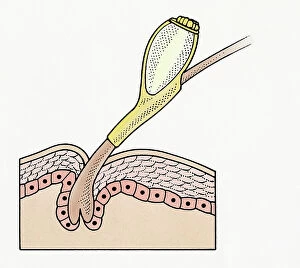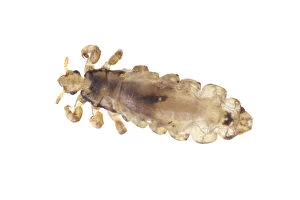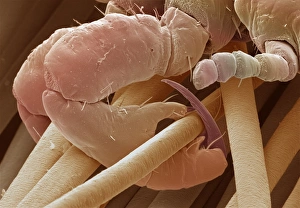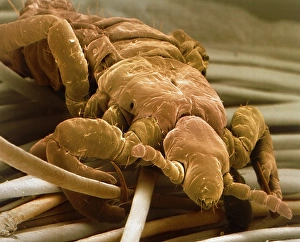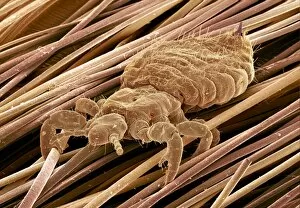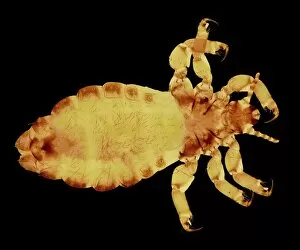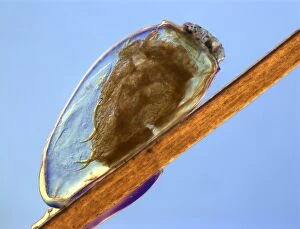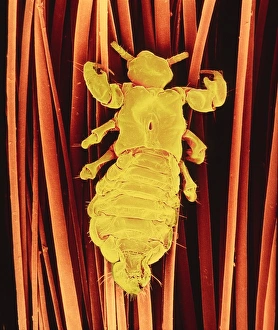Pediculus Humanus Capitis Collection
"Exploring the Intricate World of Pediculus Humanus Capitis: A Closer Look at Head Lice" Head lice, scientifically known as Pediculus humanus capitis
All Professionally Made to Order for Quick Shipping
"Exploring the Intricate World of Pediculus Humanus Capitis: A Closer Look at Head Lice" Head lice, scientifically known as Pediculus humanus capitis, are tiny parasitic insects that infest the hair and scalp of humans. With the help of Scanning Electron Microscopy (SEM), we can delve into their fascinating anatomy and behavior. At Brackenridge Field Laboratory in Austin, Travis County, researchers have captured stunning images of these minuscule creatures. One such image showcases a detailed view of a head louse clinging onto a hair shaft with its powerful claw. This close-up reveals their ability to firmly grasp onto our strands for survival. In another artwork titled F007 / 7349, an artist has beautifully depicted the intricate structure of a head louse using vibrant colors. The colored SEM image highlights the delicate features and unique adaptations that enable these parasites to thrive on human hosts. Light micrographs F006 / 9796 and F006 / 9795 provide us with further insight into the appearance and characteristics of head lice under regular microscopy. These images showcase their elongated bodies and segmented limbs, which aid in their movement through our hair follicles. The life cycle of head lice is also intriguingly captured in LM C013 / 5284 - an egg or nit attached to a strand of hair. This microscopic glimpse allows us to witness how these pests reproduce and perpetuate their presence on our scalps. Through SEM imaging techniques, scientists have been able to study head lice more comprehensively than ever before. These high-resolution scans reveal every minute detail - from their exoskeletons to sensory organs - providing valuable insights into potential treatments or prevention strategies. While often considered bothersome nuisances causing itching and discomfort, understanding pediculus humanus capitis is crucial for effective management strategies against infestations.


